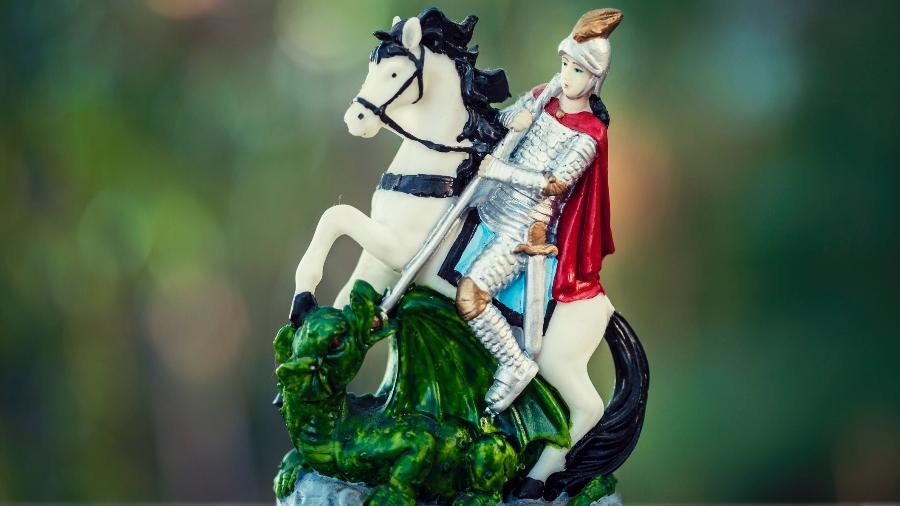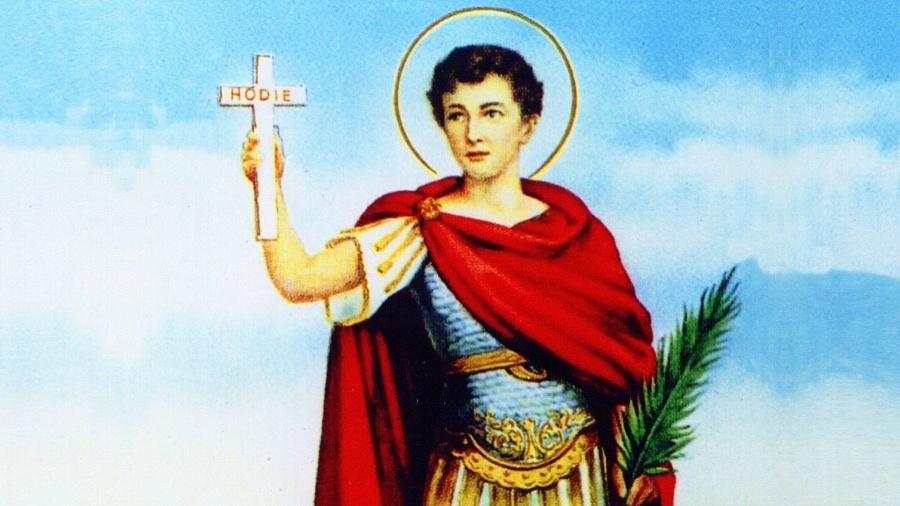History of Brazil (II): an overview

"Brasil, Rio de Janeiro: Cristo Redentor, Pão de Açúcar, Baía de Guanabara por BERTRAND GARDEL"
Por: Bernardo Buarque de Hollanda
The institution of the republic ideal in Brazil was very important as a signal of proximity, straighter along the twenty century, with the United States of America. The American influence can be observed in the federative model of the first constitution in Brazil.
The First Republic was instituted in the last decade of the nineteen century and finished in nineteen thirty. The first Republic experience was known by the autonomy of each province, by the delimitation of its territorial boarders, by the leadership of the states of São Paulo and Minas – the famous policy of coffee and milk – by suspected elections and by the first wave of the industrialization in the country.
Therefore, at that time, football appeared in Rio among a favorable environment for the practice of English sports.These sports were initially practiced not professionally by English migrants and young students of Law, Engineering and Medicine.Fluminense was the first club from Rio to dedicate exclusively to practice football.
In the beginning, football represented nobility for the local elite.Social profile of people who attended matches at Fluminense's field was very near to that of the players, be it for family reasons, friendship or other motivations.Young women who went there desired to see their distinguished idols, and from this habit many relationships started.
While this idyllic image of the past was produced, a historical point of view can notice a decisive enhancing in social segments interested in football.In the decade of 1910, a collective enthusiasm arouse for football.
This was due to some factors. It was easy to practice and watch football in any kind of open space. This allowed it to spread out of clubs.Far from the spatial and economic restriction of performance arts, football could be practiced and watched freely, in most diverse situations.
Clubs' lack of structure to allocate players and fans contributed to make football a popular game, since they needed to seek public spaces to practice. At this point, the club that opposed to Fluminense has been Flamengo, which until then was not more than a regatta club.When it opened a football department, it practiced in open fields near the beaches.
Many by passers started to look out their training and matches, and some of them adopted Flamengo as their club even if not participating of its internal sphere.The players became idols, first in the neighborhood and then in the whole city.This encouraged the talk about football in bars and cafés, with reflections on the increasing number of people to attend matches.
Historian Leonardo Pereira says that in a few years football has become a mania.The making of the first national team to dispute friendly matches against England and Argentina has also stimulated footballs repercussion.
The appearance of rivalry has been responsible for the association of teams and geographical regions. This happened in different scales, from neighborhoods to nations, when international tournaments began.Matches allowed the appearance of new identities, connecting clubs to territories.
Noticing public interest over matches with teams from different cities or countries, sports press left its poor attitude about football and began to carefully pay attention to this kind of rivalry and the consequent emotions each fan is able to express for his team.
Back to politics, the nineteen thirty Revolution, influenced by the crack of New York one year before, represented a turning point in the power of the traditional oligarchies that controlled the federal government. Others groups, from other states, accelerated the urbanization and the industrialization process.
Stimulated by the totalitarian context, Brazil experienced the dictatorship of Getúlio Vargas until the end of the Second World War. For fifteen years, Brazil became more industrialized, with the creation of the trade unions, under the control of the State.
Between nineteen forty six and nineteen sixty four, the country had five presidents elected by the people and faced its democratic mass period. Nationalism, industrial development, roads and expansion to the countryside were some of its challenges since then.
The international tension of the Cold War became more intense in Latin America after the unexpected Cuban Revolution and its filiation to the communist doctrine. The cleavage of left and right ideologies made the Brazilian army assume the political power in the middle of the Sixties.
For twenty years, the Army chose five dictator-presidents that conducted a political economy named by the sociologists as the "conservative modernization". Practicing the torture and the exile against many opponents, the military government made the country an economic potency, with big works in infrastructure and with the integration of the territory through television network. The middle class experienced the "economical miracle", as the expression of the time.
Brazil came back to democracy in the middle of the eighties. Problems with inflation, social inequalities, starvation, demographic explosion, urban violence and corruption are commons since then.
After a vogue of neoliberals doctrine in the hole continent of South America, Brazilian restarted a cycle of development and democratic stability since the last decade. With China, Russia, India and South Africa, it participates in the BRICS emerging countries.
The actual population is around one hundred ninety three millions of inhabitants, seven times less China. The surface of the country is eight millions and five hundred thousand square kilometers, a little bit smaller than China. Its Gross National Product is of two trillions and five hundred million dollars, one third of the Chinese GIP.
If we see the actual map of the country,Rio de Janeiro is the symbolic city because it was the capital during a large time of the Colony, the hole Empire regime and until nineteen sixty in the Republic. It is international renown by its natural beauty and landscapes.
On the other hand, we have São Paulo, the second most populated city in Latin America, after Mexico City.It is a financial and labor center, with lots of museums and cultural institutes.
Finally we have Brasília, the political capital, in the geographic center of the country.It was inaugurated fifty years ago, based on a futurist project – the plant of an airplane – made by two modernists architects: Lúcio Costa and Oscar Niemeyer.
In very summary lines, these are some aspects that I consider relevant in order to introduce Brazil's history and geography, for the last five centuries.
Edição Final: Guilherme Mazzeo





ID: {{comments.info.id}}
URL: {{comments.info.url}}
Ocorreu um erro ao carregar os comentários.
Por favor, tente novamente mais tarde.
{{comments.total}} Comentário
{{comments.total}} Comentários
Seja o primeiro a comentar
Essa discussão está encerrada
Não é possivel enviar novos comentários.
Essa área é exclusiva para você, assinante, ler e comentar.
Só assinantes do UOL podem comentar
Ainda não é assinante? Assine já.
Se você já é assinante do UOL, faça seu login.
O autor da mensagem, e não o UOL, é o responsável pelo comentário. Reserve um tempo para ler as Regras de Uso para comentários.